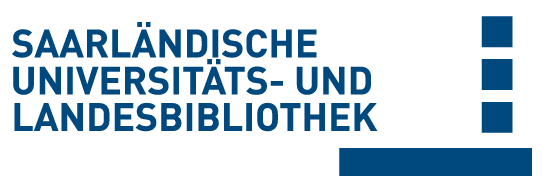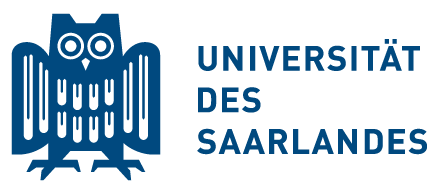Please use this identifier to cite or link to this item:
doi:10.22028/D291-41506 | Title: | Cilostazol Stimulates Angiogenesis and Accelerates Fracture Healing in Aged Male and Female Mice by Increasing the Expression of PI3K and RUNX2 |
| Author(s): | Menger, Maximilian M. Emmerich, Maximilian Scheuer, Claudia Hans, Sandra Ehnert, Sabrina Nüssler, Andreas K. Herath, Steven C. Steinestel, Konrad Menger, Michael D. Histing, Tina Laschke, Matthias W. |
| Language: | English |
| Title: | International Journal of Molecular Sciences |
| Volume: | 25 |
| Issue: | 2 |
| Publisher/Platform: | MDPI |
| Year of Publication: | 2024 |
| Free key words: | mice cilostazol aging fracture healing angiogenesis RUNX2 PI3K femur screw |
| DDC notations: | 610 Medicine and health |
| Publikation type: | Journal Article |
| Abstract: | Fracture healing in the aged is associated with a reduced healing capacity, which often results in delayed healing or non-union formation. Many factors may contribute to this deterioration of bone regeneration, including a reduced ‘angiogenic trauma response’. The phosphodiesterase3 (PDE-3) inhibitor cilostazol has been shown to exert pro-angiogenic and pro-osteogenic effects in preclinical studies. Therefore, we herein analyzed in a stable closed femoral fracture model whether this compound also promotes fracture healing in aged mice. Forty-two aged CD-1 mice (age: 16–18 months) were daily treated with 30 mg/kg body weight cilostazol (n = 21) or vehicle (control, n = 21) by oral gavage. At 2 and 5 weeks after fracture, the femora were analyzed by X-ray, biomechanics, micro-computed tomography (µCT), histology, immunohistochemistry, and Western blotting. These analyses revealed a significantly increased bending stiffness at 2 weeks (2.2 ± 0.4 vs. 4.3 ± 0.7 N/mm) and an enhanced bone formation at 5 weeks (4.4 ± 0.7 vs. 9.1 ± 0.7 mm3 ) in cilostazol-treated mice when compared to controls. This was associated with a higher number of newly formed CD31-positive microvessels (3.3 ± 0.9 vs. 5.5 ± 0.7 microvessels/HPF) as well as an elevated expression of phosphoinositide-3-kinase (PI3K) (3.6 ± 0.8 vs. 17.4 ± 5.5-pixel intensity × 104 ) and runt-related transcription factor (RUNX)2 (6.4 ± 1.2 vs. 18.2 ± 2.7-pixel intensity × 104 ) within the callus tissue. These findings indicate that cilostazol accelerates fracture healing in aged mice by stimulating angiogenesis and the expression of PI3K and RUNX2. Hence, cilostazol may represent a promising compound to promote bone regeneration in geriatric patients. |
| DOI of the first publication: | 10.3390/ijms25020755 |
| URL of the first publication: | https://doi.org/10.3390/ijms25020755 |
| Link to this record: | urn:nbn:de:bsz:291--ds-415069 hdl:20.500.11880/37191 http://dx.doi.org/10.22028/D291-41506 |
| ISSN: | 1422-0067 |
| Date of registration: | 29-Jan-2024 |
| Faculty: | M - Medizinische Fakultät |
| Department: | M - Chirurgie |
| Professorship: | M - Prof. Dr. Michael D. Menger M - Prof. Dr. Tim Pohlemann |
| Collections: | SciDok - Der Wissenschaftsserver der Universität des Saarlandes |
Files for this record:
| File | Description | Size | Format | |
|---|---|---|---|---|
| ijms-25-00755-v2.pdf | 11,5 MB | Adobe PDF | View/Open |
This item is licensed under a Creative Commons License


